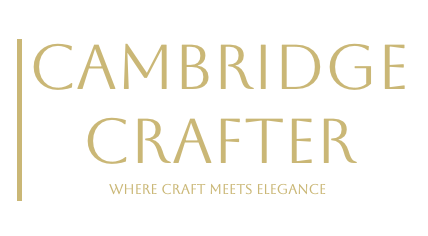
Exhibition Grade Spalted Hackberry
Exhibition Grade Spalted Hackberry refers to a premium selection of wood from the Hackberry tree (Celtis occidentalis), a medium-sized deciduous tree native to North America, commonly found in the eastern United States. Hackberry trees typically grow to 40–60 feet tall with trunk diameters of 1–2 feet, thriving in a variety of soils, often along riverbanks or in mixed hardwood forests. The term "spalted" indicates that the wood has undergone a natural fungal decay process, while "exhibition grade" denotes the highest quality, showcasing exceptional visual appeal with minimal defects.
The heartwood of Spalted Hackberry is typically a light yellowish-grey to pale brown, but the spalting process introduces dramatic dark lines and streaks—ranging from black to blue-grey—created by fungi as they break down the wood. These fungi form intricate, irregular patterns, often referred to as "zone lines," which give the wood a striking, almost marbled appearance. Exhibition Grade pieces are selected for their particularly vivid and well-defined spalting patterns, with a creamy white background that enhances the contrast of the dark fungal lines. The sapwood is usually a lighter yellowish-white, blending subtly into the heartwood. The grain is generally straight but can be interlocked or wavy, with a coarse texture and a moderate natural lustre that becomes more pronounced when finished.
Spalted Hackberry has a density of around 550–650 kg/m³, making it a moderately hard and lightweight hardwood, similar to ash or elm in terms of workability. However, the spalting process can soften the wood, sometimes creating punky or brittle areas, which may require stabilisation with resin for certain applications, especially in exhibition-grade pieces where preserving the integrity of the patterns is crucial. It’s not particularly durable, with poor resistance to decay and insects once the spalting has occurred, so it’s best suited for indoor decorative uses. The wood works well with both hand and machine tools, though the irregular grain and softened areas can lead to tearout if tools aren’t sharp. It glues and finishes beautifully, with the spalting patterns highlighted by clear finishes like oil or lacquer, often used to showcase its unique aesthetic in fine woodworking.
When worked, Spalted Hackberry has a mild, earthy scent, typical of many North American hardwoods, with no strong aroma. Exhibition Grade Spalted Hackberry is highly prized for its one-of-a-kind appearance, making it a favourite for high-end turned objects (e.g., bowls, pens), decorative furniture accents, veneer, and small woodworking projects like knife handles or inlays. In the UK, it might be used for bespoke pieces where its visual impact can be the focal point, such as in gallery-grade sculptures or custom furniture. Its ability to steam-bend well also makes it suitable for curved elements in design, a trait noted among hardwoods native to the United States.
Spalted Hackberry is not listed on CITES Appendices or the IUCN Red List, as Hackberry is a common species in North America, but exhibition-grade pieces are rarer due to the specific conditions needed for ideal spalting—logs may sit for up to 7 years to develop these patterns naturally. This rarity, combined with the careful selection process, makes Exhibition Grade Spalted Hackberry more expensive than standard Hackberry lumber, often sold at a premium for its aesthetic qualities. Sustainable sourcing is generally not a concern, as Hackberry is abundant, but the spalting process requires careful timing to avoid excessive rot, ensuring the wood remains sound for use.
